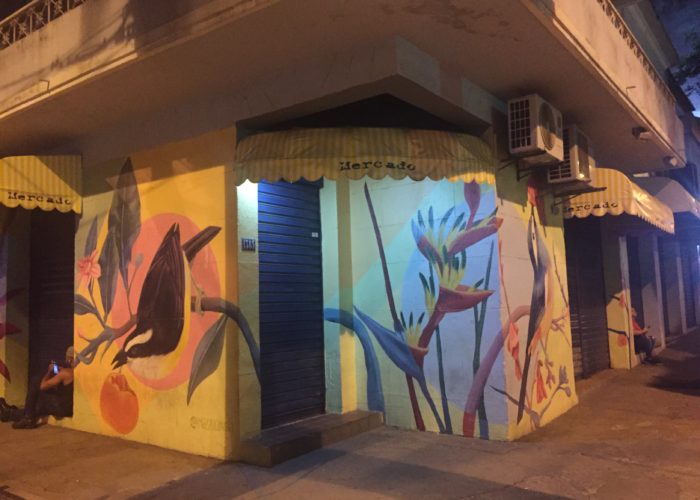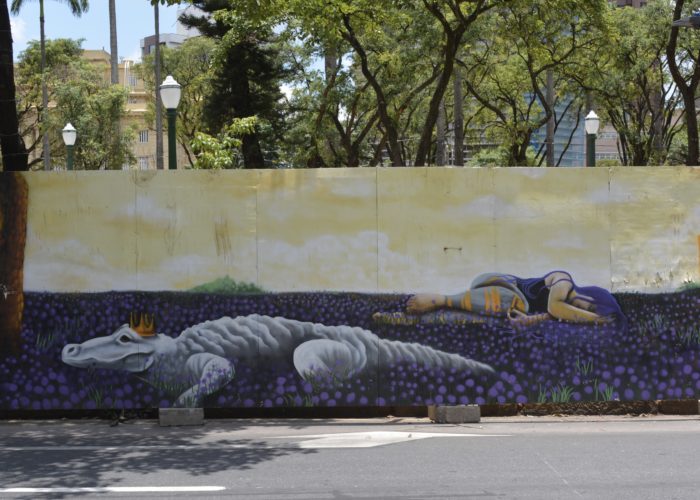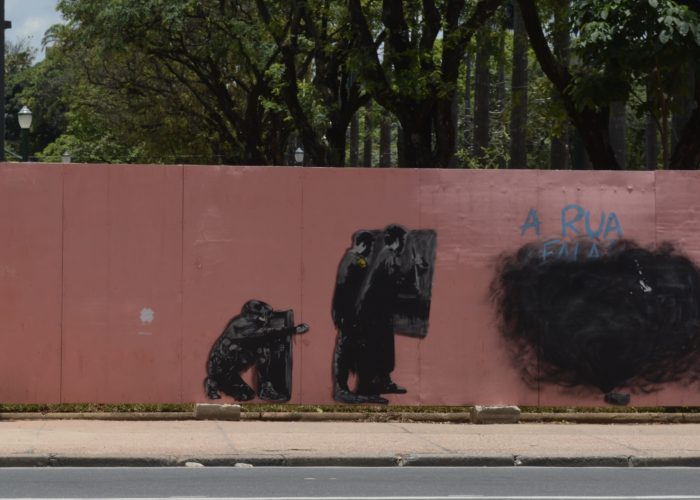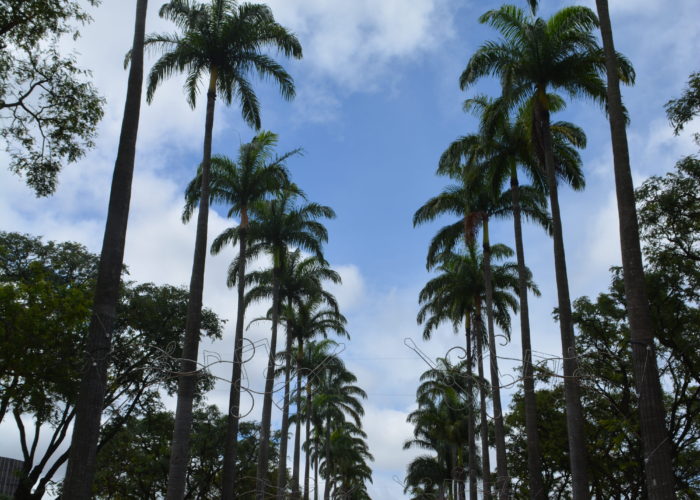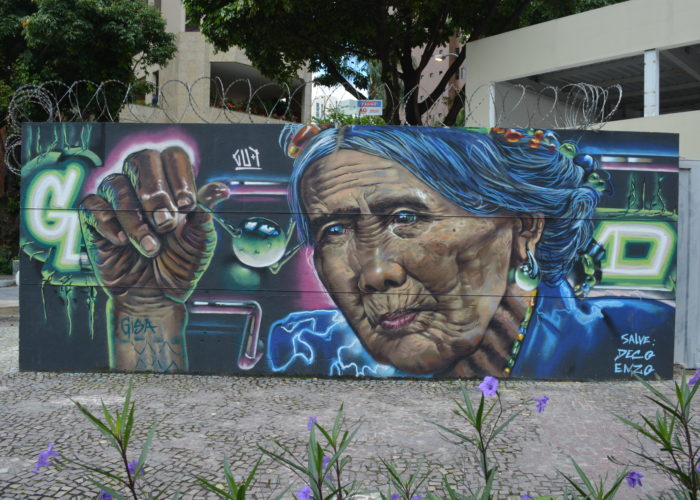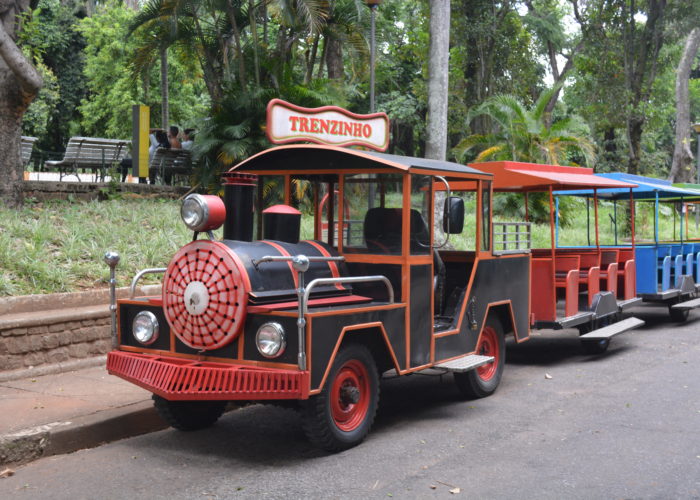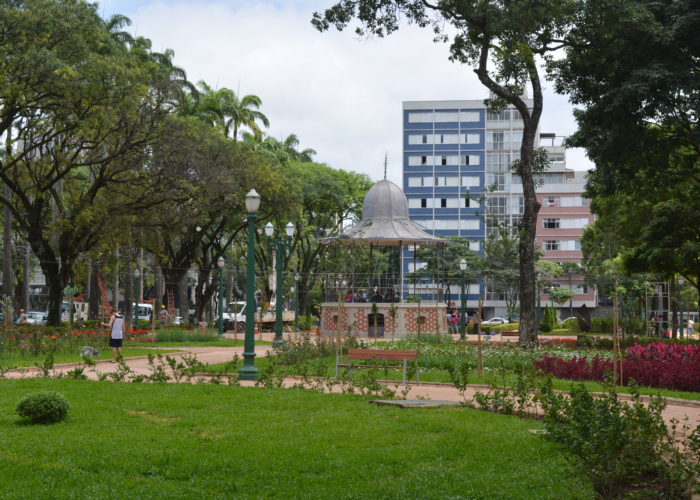For our final week in Brazil we decided to explore more of the heartlands of Mina Gerais State, which is home to a number of Brazil’s architecturally important colonial towns and much mineral and agricultural wealth. We took the short flight to Belo Horizonte a modern city with a population of over five million inhabitants in its broader metropolitan area. Brazil has so many large cities that many in the world are completely unaware of.

Belo Horizonte’s modern airport sits some 35 kilometres north of the city. The airport was modernised as part of the massive investments in Brazil’s infrastructure for the 2014 World Cup. What is particularly striking when compared to many parts of South America is modernity of Brazil’s infrastructure in this area. The major highway into the city has separate bus only lanes and also has a virtual absence of the litter and other rubbish that scar many of the major transport arteries in South America, though as a rule Brazil is usually much cleaner than the Andean countries.

The city of Belo Horizonte is relatively new in comparison to other large cities in Brazil and was largely built around the turn of the 20th Century along a classic gird system that traverse up and down the many hills in the city. Also unusually there are a number of major road that cross diagonally like a lattice across the grid system that act as the major transport arteries.
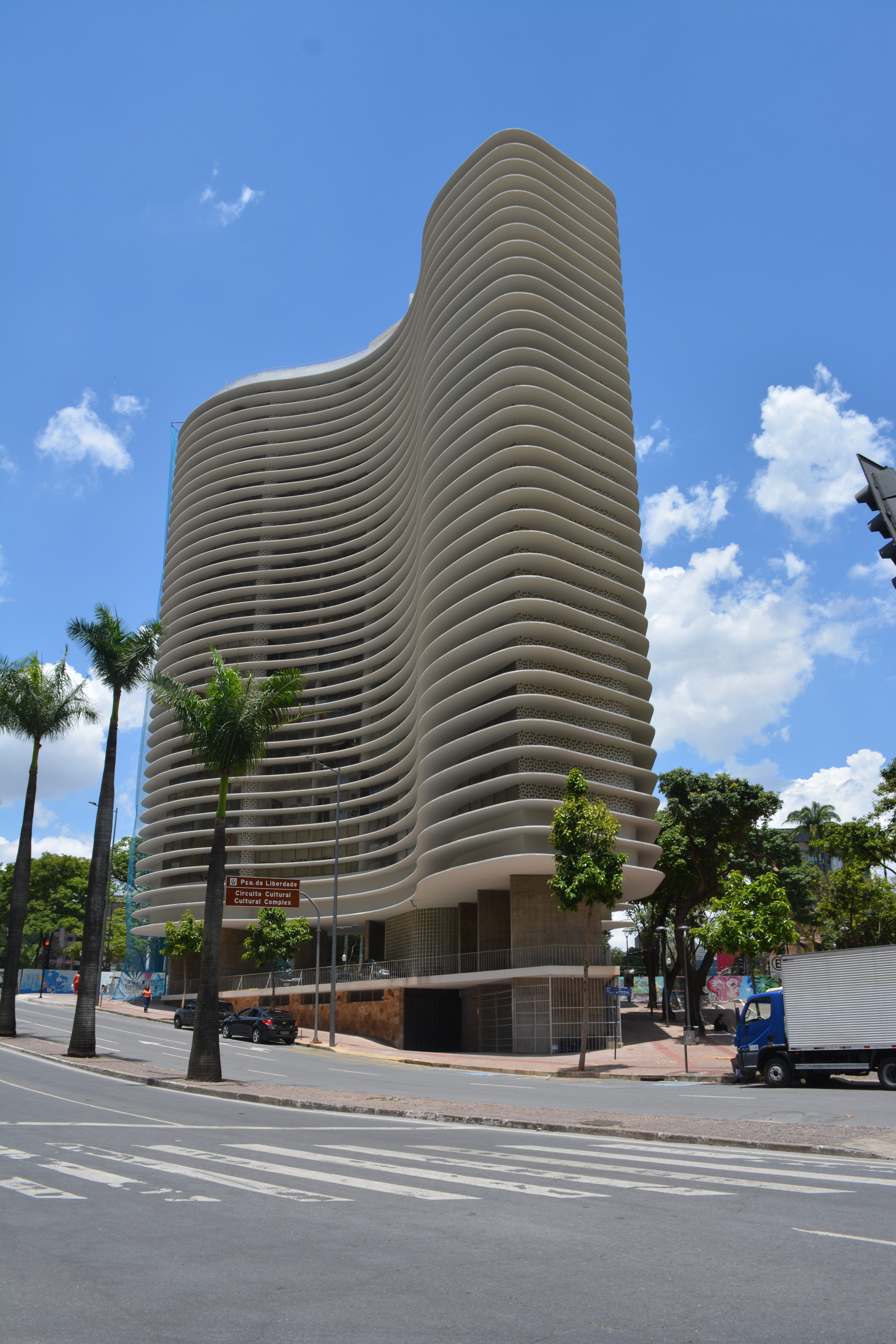
The city centre feels much more like a modern European or American city in that there is both a lot of commercial activity as well as many residents, including a large body of students. This means that the commercial centre of the city is not abandoned after offices hours and as a result feels much safer and more lively than some of the other large Brazilian cities we have visited. The Savassi area is particularly lively at night with many bars and restaurants spilling over into the streets that are full of young people. Belo Horizonte is not significantly on the international tourist route or the gringo trail that concentrates on the old mining towns in the surrounding area, so an evening out in Belo Horizonte feels like a genuine Brazilian experience.
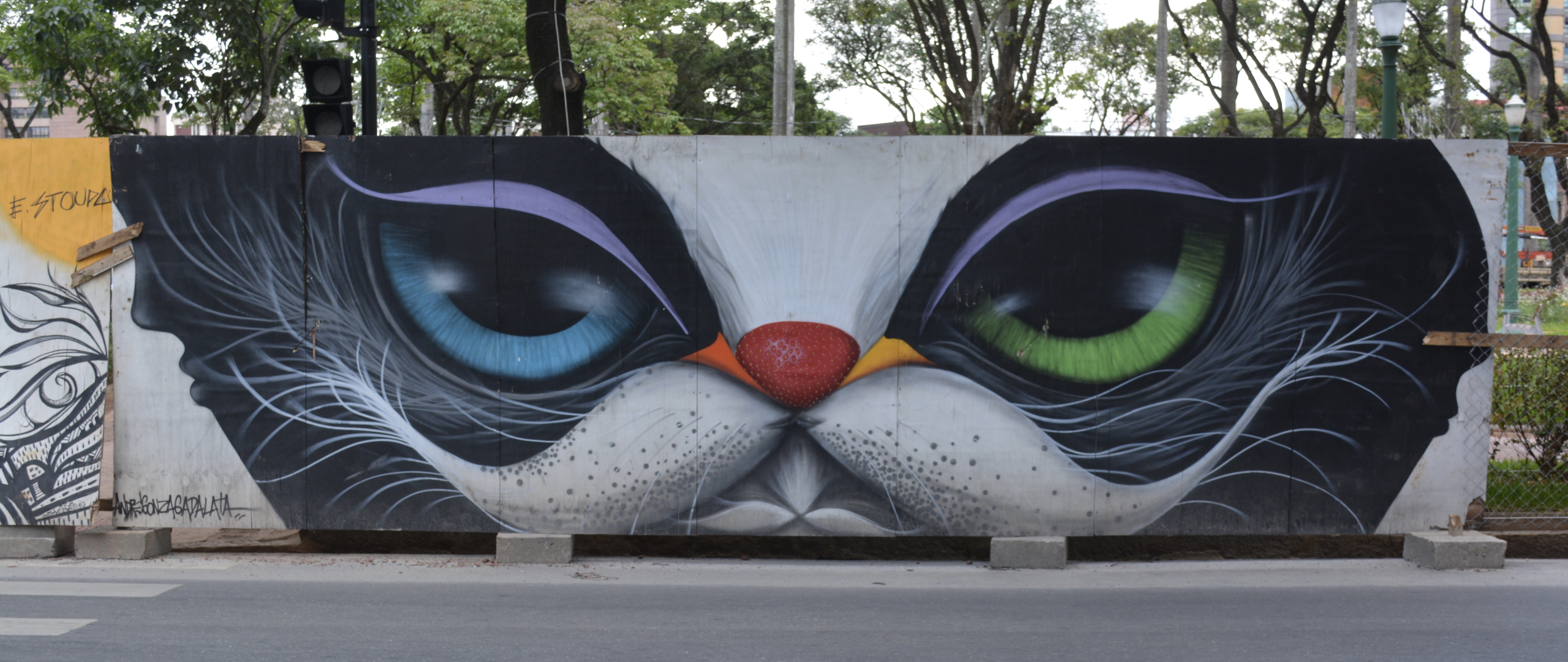
The main political centre of Belo Horizonte is the beautiful square Praça de Liberdade, which was undergoing some renovations during the time of our visit in time for a grand opening in December 2018. However, the protective hoardings around the square were all painted with some imaginative and in places quite beautiful street art. Also one of Oscar Niemeyer’s buildings complete with classic Niemeyer curves sits on one side of the square adjacent to the large Neoclassical Palácio de Liberdade, which is the residence of the Minas Gerais State President, and has implosive grounds and a massive driveway and entrance hall.

The well maintained urban park at the other end of the city centre contains some well manicured gardens which resemble a more structured botanical gardens. In the park are a number of permanent amusement playgrounds and a modern complex for exhibiting modern art.

Belo Horizonte does not have any classic and ostentatious churches like other Brazilian cities, but the Igreja São José, which was built in 1910 makes up for this with its beautiful painted interior.

Sitting a few kilometres outside of Belo Horizonte is the Pampulha area, and visible from the main motorway into town. Pampulha contains a series of buildings built by Oscar Niemeyer, with their classic curves around a lake. Today the area is an expensive residential area, something that would probably horrify Niemeyer today given that he was also a Marxist, and is also protected as a significant area of architectural importance by UNESCO.
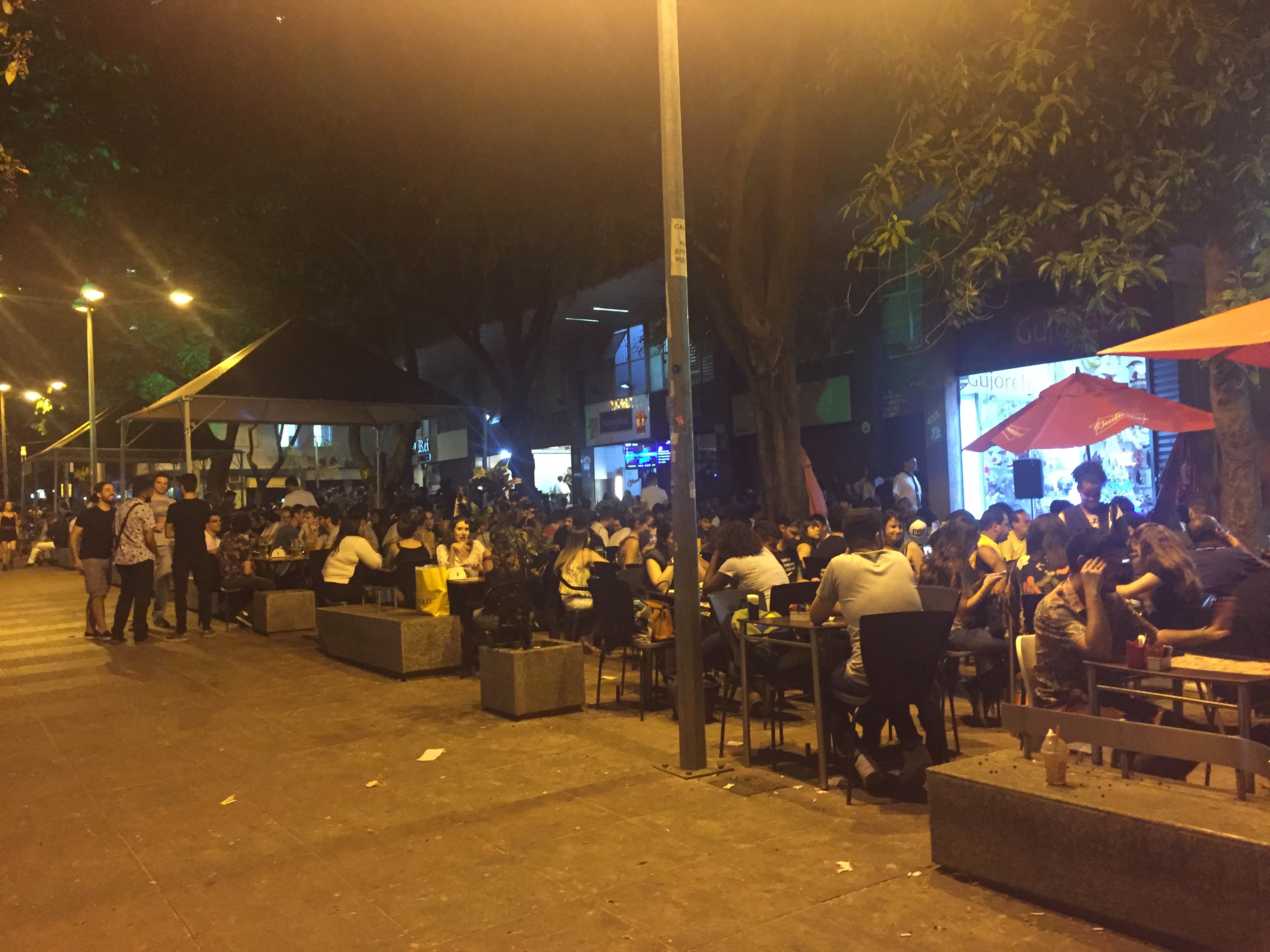
The large central market is also worth a visit. The market sells both food and other household goods, including many birds and pets in rather cramped conditions. Both the market and the abundance of shops in the city centre support the fact that Belo Horizonte and the broader Minas Gerais State is some of the wealthiest parts of Brazil and with its huge population would give many a European country a run for its money.

Belo Horizonte was one of Brazil’s World Cup cities in both the 1950 and 2014 World Cups, and contains three teams in the Brazilian Serie A. In the 1950 World Cup England fans will remember that Belo Horizonte was the scene of one of England’s most infamous World Cup games when they lost 1 nil to the USA. At the time England believed that they had one of the best teams in the world and they just had to turn up to win the tournament. Equally as famous was Belo Horizonte’s hosting Brazil’s 7 – 1 defeat by Germany in the 2014 World Cup, so the city has a great history of causing major sporting upsets.
Date: 30/11/2018 to 01/12/2018 and 03/12/2018 to 04/12/2018

